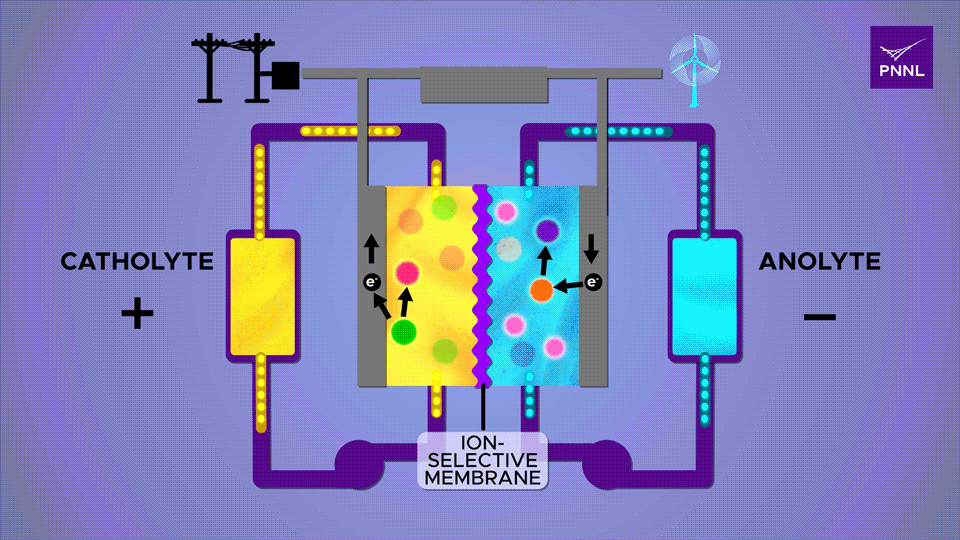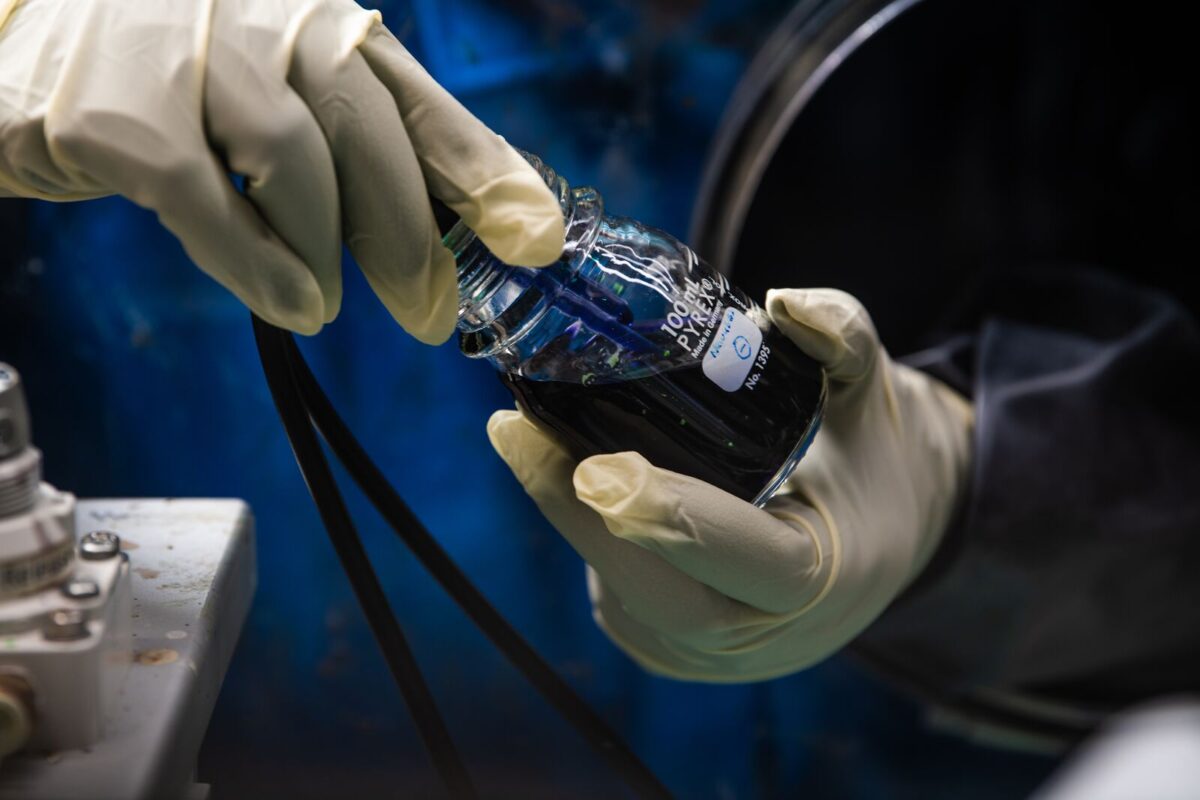Flow batteries are two-chambered devices holding liquid electrolyte that are being actively developed across the world for their promise as grid-scale energy storage devices for an increasingly renewable energy-defined energy system.
Researchers at the Pacific Northwest National Laboratory (PNNL) in the United States have developed a new electrolyte additive that may prove to be a breakthrough for flow batteries, boosting both capacity and longevity. Using a simple sugar that is used in food additives and pharmacological applications, the PNNL researchers were able to achieve a 60% boost in peak power in a research flow battery.
The additive, called β-cyclodextrin, is able to speed the electrochemical reaction that stores and releases the flow battery’s energy. The sugar is able to catalyse the reaction as a dissolved solution, rather than a solid applied to a surface, which is a first for flow batteries, according to the results published in Joule.
In the test battery, the sugar additive accepts positively charged protons, which helps balance out the movement of negative electrons as the battery discharges.

“This is a brand new approach to developing flow battery electrolyte,” said Wei Wang, PNNL battery researcher. “We showed that you can use a totally different type of catalyst designed to accelerate the energy conversion. And further, because it is dissolved in the liquid electrolyte it eliminates the possibility of a solid dislodging and fouling the system.”
The results are part of an effort to lower the amount of rare-earth minerals and toxic materials in battery energy storage. The researchers are hopeful the results are a step toward a more sustainable approach where chemicals can be synthesized in large amounts like in the pharmaceutical and food industries, rather than through heavy minerals mining.
In further research, the team is experimenting with other compounds that are similar to β-cyclodextrin, but smaller. Like adding honey to tea, the simple sugar makes the liquid thicker, which poses some complications for a flow-based system. However, the researchers found its catalytic benefits outweighed its viscosity drawbacks.
This research is part of a larger PNNL program to develop and test grid-scale energy storage technologies. The university is slated to open a Grid Storage Launchpad in 2024.
Learn more about licensing this PNNL-developed technology here.
This content is protected by copyright and may not be reused. If you want to cooperate with us and would like to reuse some of our content, please contact: editors@pv-magazine.com.









By submitting this form you agree to pv magazine using your data for the purposes of publishing your comment.
Your personal data will only be disclosed or otherwise transmitted to third parties for the purposes of spam filtering or if this is necessary for technical maintenance of the website. Any other transfer to third parties will not take place unless this is justified on the basis of applicable data protection regulations or if pv magazine is legally obliged to do so.
You may revoke this consent at any time with effect for the future, in which case your personal data will be deleted immediately. Otherwise, your data will be deleted if pv magazine has processed your request or the purpose of data storage is fulfilled.
Further information on data privacy can be found in our Data Protection Policy.